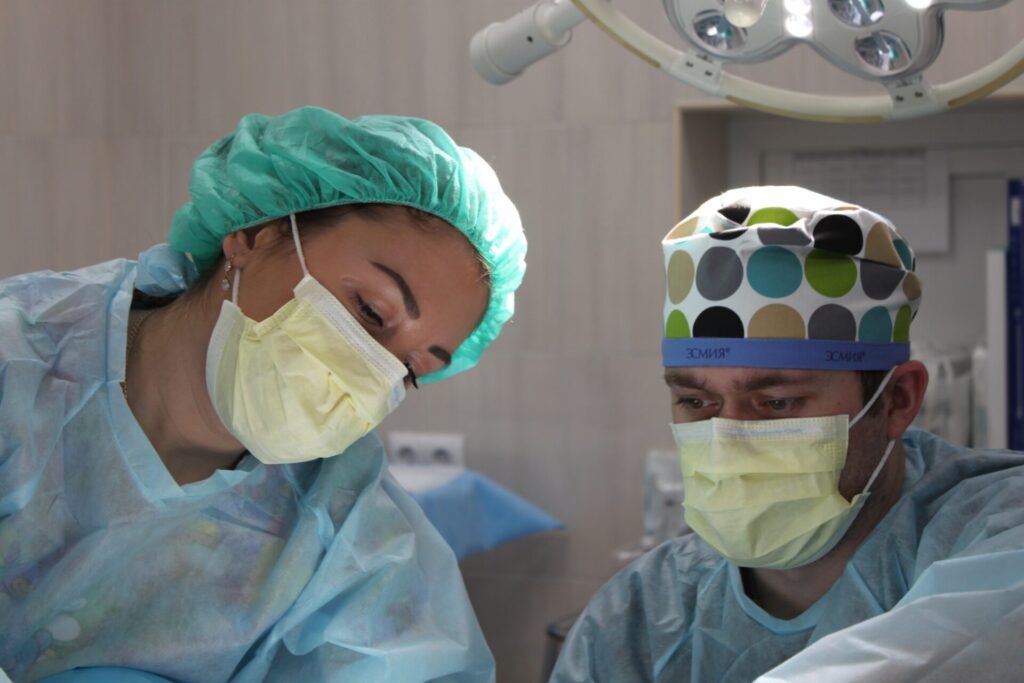How Physical Therapy Helps After Hip Labral Repair
Are you recently diagnosed with a hip labral tear and looking to find out how physical therapy can help? The road to recovery can be challenging, but with the right expertise and guidance from an experienced physical therapist, you have an invaluable resource for your journey. Physical therapy is critical in helping patients regain mobility after a hip labral tear, providing techniques that promote healing while decreasing pain levels. Read on to learn more about the benefits of undergoing physical therapy after hip labral repair!
Understanding Hip Labral Tear and Repair
A hip labral tear is a common injury that affects a lot of people. This condition occurs when the labrum, which is the cartilage surrounding the hip joint, is damaged. It can be caused by sudden trauma or gradual wear and tear. Some of the common symptoms of a hip labral tear include hip pain, limited mobility, and weakness in the hips and legs. While it can be a debilitating injury, it can be repaired through surgery. Hip labral tear repair is a procedure that involves the reconstruction of the damaged labrum, which can help to restore normal hip function. With proper treatment, it is possible to regain strength and mobility and continue to enjoy the activities you love.
How Physical Therapy Can Help in the Healing Process
Physical therapy is a crucial component of the healing process for many individuals recovering from injury or illness. Whether it’s helping to rebuild strength, improve flexibility, reduce pain, or restore range of motion, physical therapy can make a significant difference in a patient’s overall wellness. With personalized treatment plans designed to address each patient’s unique needs and goals, physical therapists help guide their clients through the recovery process, providing support, encouragement, and ongoing education to help them achieve their fullest potential. Whether it’s recovering from a sports-related injury, overcoming the effects of a stroke, or managing chronic pain conditions, physical therapy plays an important role in helping individuals regain their independence, improve their quality of life, and return to the activities they love.
Strengthening Muscles for Improved Mobility
Strengthening muscles is crucial in improving our mobility and overall physical health. As we age, our muscles tend to weaken, which can lead to several health complications such as difficulty in movement and loss of balance. By engaging in regular muscle-strengthening exercises, we can improve our flexibility, stability, and posture. Simple exercises such as squats, lunges, and planks can work wonders in building muscle strength and aiding in maintaining a healthy lifestyle. Additionally, strengthening our muscles can also decrease the risk of chronic diseases such as osteoporosis and type 2 diabetes. So let’s commit to incorporate muscle-strengthening exercises into our daily routine and reap the numerous benefits that come with it.
Pain Management as a Key Component of Recovery
Recovering from an injury or illness is a process that can be both physically and emotionally demanding. Managing pain, however, can make that process much smoother. Pain management is a key component of recovery, and it involves a variety of techniques and treatments that aim to alleviate pain and discomfort. From medication to physical therapy to alternative therapies like acupuncture and massage, there are many options for managing pain during the recovery process. By working closely with healthcare professionals and utilizing a range of pain management strategies, individuals can not only ease the physical pain of recovery but also feel empowered and more in control of their healing journey.
Common Exercises Used in Physical Therapy
Physical therapy is a type of rehabilitation that uses exercises to help restore movement and function to areas of the body that have been affected by injury or illness. Common exercises used in physical therapy range from stretching to strengthening, depending on the specific needs of the individual patient. Stretching exercises can help improve flexibility and range of motion while strengthening exercises can improve overall muscle strength and stability. Examples of exercises commonly used in physical therapy include shoulder rotations, hamstring stretches, squats, lunges, and calf raises. With the help of a skilled physical therapist, patients can work towards a full recovery and regain their strength and mobility.
Conclusion
Hip labral tears can be uncomfortable and disruptive to day-to-day life. However, with understanding, professional treatment, and hard work, the healing process does not have to be a roadblock. Through physical therapy prescribed exercises such as eccentric squats and bridges can help strengthen muscles and improve mobility in surrounding joint regions. In addition, establishing good pain management routines tailored to the individual – including cold laser therapy or electrical stimulation – can help reduce discomfort associated with a repair. This combined with professional treatment may reduce recovery time and improve overall joint health in the long-term. As the saying goes “the journey of a thousand miles begins with a single step”; getting informed on hip labral tear repair and then seeking treatment is half the battle of facing recovery head-on. So take this advice for yourself or someone you care about it – get informed, take charge, and become an active participant in your hip labral tear recovery today!

